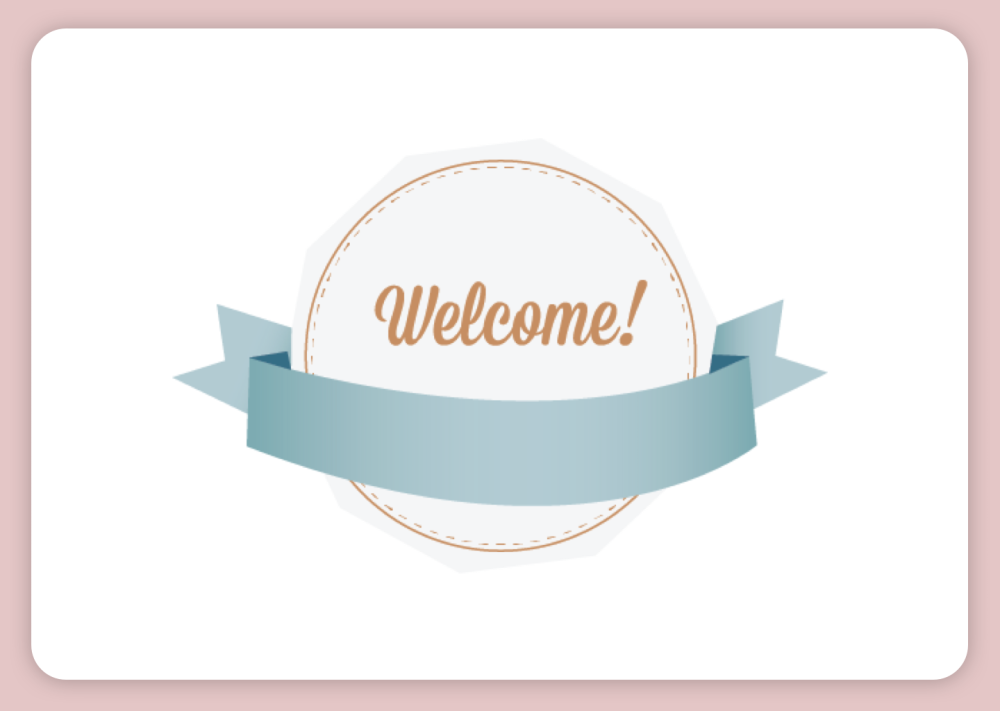When onboarding a new team member, it’s important to send a welcoming letter to them. It should be done one or a few days before this person begins to work for you. In this article, we’ll provide smart tips on how to write a welcome email as well as share a comprehensive template.
Benefits of Sending a Welcome Message

Sending a welcome email serves various essential purposes:
- Creating a Positive Impression: A well-crafted welcome message sets a positive tone for newcomers, making them feel valued from the start.
- Fostering Confidence: It helps new hires feel confident and part of the team, reducing any initial feelings of isolation.
- Preparation for Day One: The email equips them with vital information to prepare for their first day in the office, eliminating potential uncertainties.
- Informing Existing Team Members: By copying relevant team members, you can keep the entire team informed about the new addition, fostering a sense of unity.
- Scheduling Meetings and Events: The welcome email can include details about meetings, social gatherings, or training sessions, helping the newcomer integrate seamlessly.
Sometimes, there might be a delay between hiring a professional and their departure from their previous job. In such cases, the welcome email serves as a reminder of the start date and time at your organization.
Tips on Sending a Welcome Email to New Employees
You have options when it comes to sending welcome emails. You can send a group introduction email or individual messages to each team member. Alternatively, sending two emails to each individual can be effective. The first can provide team-oriented information about initial goals, organizational rules, and norms. The second, shorter email can contain personalized information like login credentials for your corporate website.
A well-crafted welcome email for a new team member should originate from the HR department's email address and include answers to the following questions:
- Start Date: When is the newcomer expected to begin work?
- Working Hours: What are their expected working hours?
- Office Location: Where is your office located?
- Transportation Options: How can the newcomer reach the office via public transportation?
- Parking Information: If they have a car, where can they park, and what are the associated costs?
- Entry Procedures: What should the newcomer do to gain access to the office?
- First-Day Schedule: What's the schedule for their first day at work?
- Required Items: What should they bring with them?
In addition to this letter, you can send all the necessary forms and documents for the new hire to complete, such as tax-related paperwork or internal questionnaires. Failing to complete this paperwork in advance could occupy a significant portion of their first day in the office.
Members of the department that the newcomer joins should receive emails containing essential information about the new team member, including their photo, job title, scope of responsibilities, and a brief bio.
It's also beneficial to share the announcement of your new hire on social media platforms, particularly LinkedIn. This step can strengthen both your corporate brand and the personal brand of your new team member.
Sample of a Well-Written Welcome Email to New Employees

When drafting a welcome email for a new employee, consider using the following template:
"Hi / Good morning [insert the recipient's name],
We're thrilled to welcome you to our company! We believe you'll become one of our most valuable assets, and we're committed to ensuring your smooth transition.
As you may recall, your start date with us is set for [date and time]. Please take a moment to review our dress code: [describe your dress code rules].
Upon arrival, [provide instructions for their arrival process]. Our receptionist will provide you with a security badge, and [the name of the person who will assist you during your first days] will meet you at/near [location and time] to escort you to your workstation. They will be happy to answer your questions, provide you with a tour of the office, and introduce you to your new colleagues.
On your first day, we invite you to join us for a team lunch. Please let us know about any dietary restrictions you may have. Following that, you'll have the opportunity to meet with [names and positions of senior staff members] who play key roles in our organization.
Before you begin, we recommend accessing our administrative task panel via the following [link].
Feel free to call or message me if you have any questions: [provide your contact information].
Welcome aboard!
[Your name and signature]"
Feel free to adapt this template to align with your organization's tone and culture. A successful new employee welcome email is professional yet not overly formal, and it should include calls to action to engage the recipient.


